How to Clean Electronic Balances

Ring 042-300 91 30 eller maila info@labteamet.com
Electronic balances, especially laboratory balances, consist of kilograms of components. Among them are powder-coated, aluminum, ABS plastic, stainless steel and many other parts. All of them require a separate cleaning method. Which one? To find out, read the guide we’ve prepared titled Laboratory Balance Cleaning.

Keeping balances and measuring equipment clean ensures accurate measurements, reliable analysis and user safety. This is especially important for the pharmaceutical, biotechnology, chemical and food industries, where RADWAG laboratory balances are used.
We have divided our publication into three key subject areas. The first is cleaning methods and cleaning agents for balances’ structural components, the second is questions and recommendations related to balances’ cleaning, and the third is ways to verify correct operation of balances after maintenance.
What Are the Cleaning Methods for RADWAG Laboratory Balances? Appropriate Cleaning Agents for Balances
The cleaning procedure should be adjusted to the type of dirt and the type of surface. We clean glass, powder coated, aluminum, ABS plastic and stainless steel components differently. For details, we encourage you to read our publication (link below).
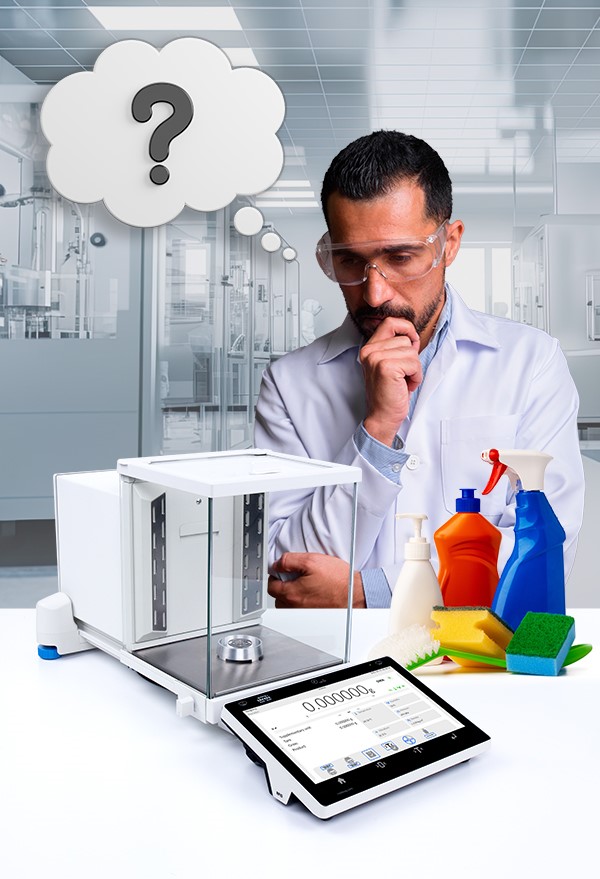
In this section we answer your most frequently asked questions related to this topic, that is, “How often should a balance be cleaned?”, “How to avoid balance contamination?” and “How to improve work ergonomics?”.
After cleaning a balance, its correct operation must be verified and documented. This is required by quality management and safety assurance systems in the production system. These ways are adiustation; legalization, calibration and checking of balances with mass standards; reporting; verification documented through an audit certificate.
To know more, read the guide titled Laboratory Balance Cleaning.
[acf field=”teknisk_info”]
| Radwag – How to Clean Electronic Balances |
| Radwag – Katalogsida |
| Radwag – Produktkatalog (nedladdning) |
| Radwag – Produktkatalog (online) |

LEASING / HYRA / AVBETALNING
Vårt samarbete med Svea gör att du snabbt och enkelt får förslag på finansiering som passar dina behov Finansiering upp till 100%. Ni slipper binda ert kapital. Läs mer om leasing och allriskförsäkring.
Investera nu i rätt utrustning, för att säkra er konkurrenskraft, kapacitet och tillgång till vital utrustning Sprid kostnaden över den tid som utrustningen används. Utrustningen som säkerhet för finansieringen.
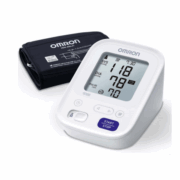

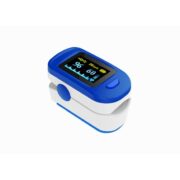
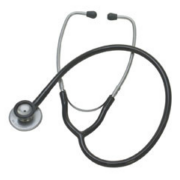
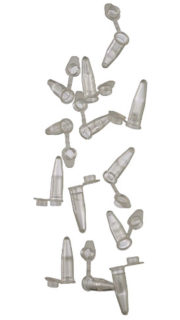

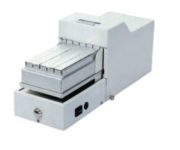
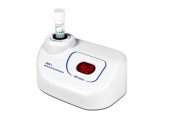
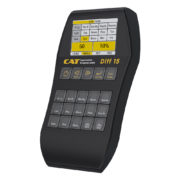

STOCKHOLM
LabTeam Scandinavia AB
Finlandsgatan 36
164 74 Kista
Sweden
GÖTEBORG
LabTeam Scandinavia AB
Stora Åvägen 21
436 34 Askim/Göteborg
Sweden

LEASING / HYRA / AVBETALNING
Vårt samarbete med Svea gör att du snabbt och enkelt får förslag på finansiering som passar dina behov Finansiering upp till 100%. Ni slipper binda ert kapital. Läs mer om leasing och allriskförsäkring.
ANMÄL DIG TILL VÅRT NYHETSBREV
Din epost (obligatorisk)


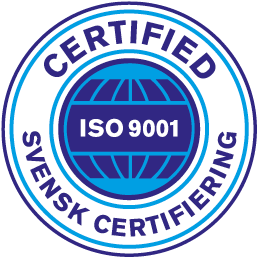
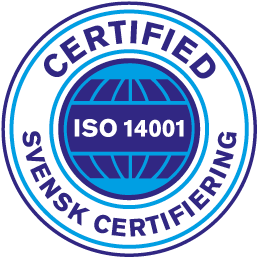

För att ge de bästa upplevelserna använder vi teknik som cookies för att lagra och/eller komma åt enhetsinformation. Genom att godkänna dessa tekniker kan vi behandla data som surfbeteende eller unika ID:n på denna webbplats. Att inte samtycka eller återkalla samtycke kan påverka vissa funktioner och funktioner negativt.
Denna förfrågan gäller endast för denna produkt. Vill du göra förfrågningar för flera produkter samtidigt så använd knappen “Förfrågan (flera produkter)” på respektive produktsida istället och samla dina produkter under “Mina produkter” innan du skickar din förfrågan.
Har du lagt till produkter till “Mina produkter” så glöm inte skicka iväg din pris- eller produktförfrågan också. Skapa gärna ett konto så sparas alla dina förfrågningarna under “Mitt konto” sidan.